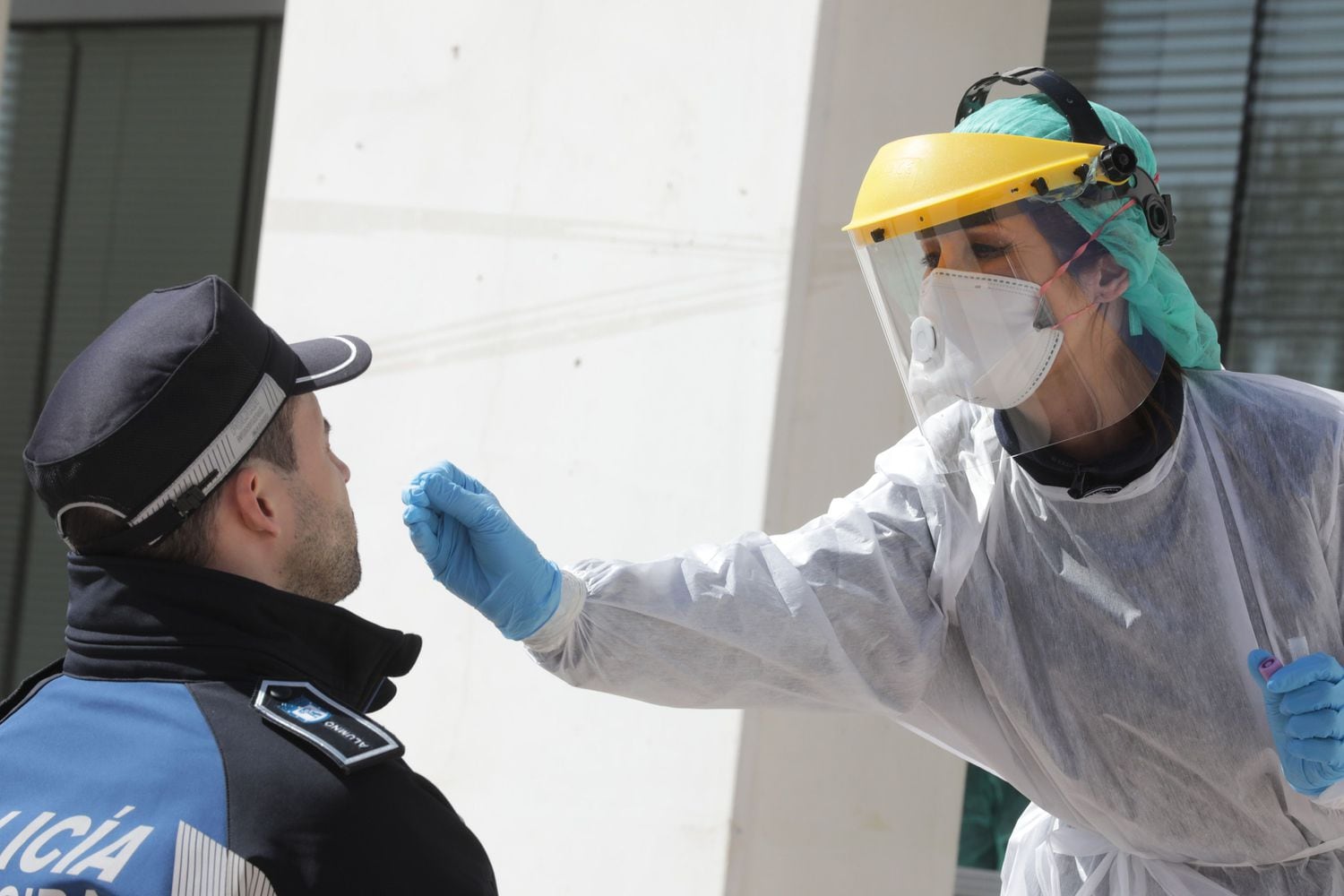Spanish Health Ministry warns that the coronavirus could be spreading in homes In around 130,000 of confirmed Covid-19 infections the source of contagion is unknown, raising alarm that the virus is being transmitted by mild cases in self-isolation

What is clearer is the number of health workers and police officers who have been affected by the virus. According to Illa, around 25,000 health workers have contracted the disease from work, of whom 31 have died. Meanwhile unions and police associations estimated last week that 14,000 officers had been infected. But for the remaining 130,000 cases there is no clear information about the source of the infection. What’s more, there are no detailed figures on how many senior care residents and care workers have been affected by the virus. Illa, however, has warned of another “important” site of infection: the home.
We think contagion could have happened in the home
HEALTH MINISTER SALVADOR ILLA
The coronavirus cases identified now correspond approximately to infections that happened between 10 and 15 days ago – the average time between a person getting the disease and experiencing such severe symptoms they need to be taken to the hospital or emergency room, which is when they are included in the Health Ministry’s tally. This means that the infections occurred after the first phase of the lockdown, which was implemented on March 14 after the government declared a state of alarm, and before the total shutdown of all non-essential activity, which came into effect at the end of March.
“Having significantly reduced mobility [under the lockdown], we think contagion could have happened in the home,” said Illa, who added that anyone experiencing symptoms must contact their doctor, take “strict hygienic measures,” and avoid as much as possible contact with the people they live with. The homes “are an important source” of infection, he said.
The situation seems to suggest that “there has been transmission inside and outside of the home and in assistance centers,” says Miquel Porta, professor of preventive medicine and public health at the Autonomous University of Barcelona.
“There has been transmission in the home and in senior residences. Also in essential activities that have continued operating, like health services, supermarkets and so on,” adds José Martínez Olmos, who was general secretary of health under the José Luis Rodríguez Zapatero administration between 2005 and 2011, and now teaches at Andalusia’s Public Health School.
